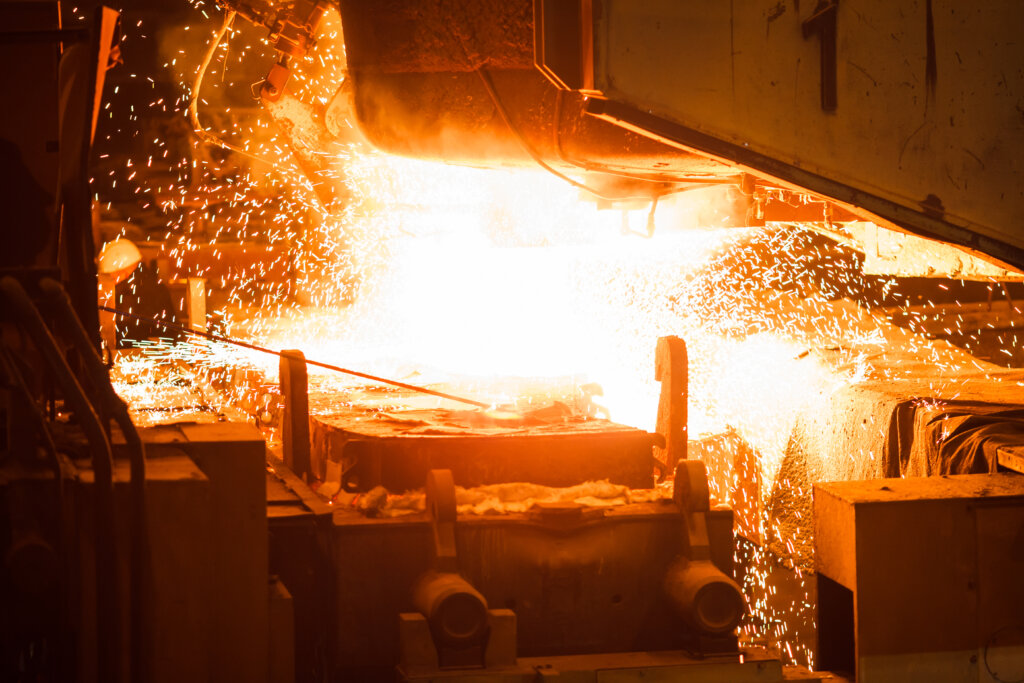It’s no surprise that overblown inventory carrying costs can restrict cash flow and wreak havoc on a company’s bottom line. However, minimizing them in the metals industry is easier said than done. There are several time-tested strategies for reducing inventory carrying costs such as optimizing storage in your warehouse and forecasting future sales more accurately.
But there’s a single, under-utilized strategy that is nearly guaranteed to reduce your inventory holding costs significantly. It just requires your supply chain managers to understand and efficiently manage the velocity of your inventory groups.
Every metal buyer has fast moving and slow moving inventory and the spread is significant. Service centers, fabricators, OEMs, etc typically find that 40% of their fastest moving metals account for a whopping 95% of annual revenue. Conversely, that means the slowest moving 60% of inventory contributes a miniscule 5% to top-line revenue. Not ideal to say the least.
It stands to reason that if you can move the slowest moving inventory out of your supply chain fast and, in the future, don’t even buy it until you need it, then you’ll free up resources.
Let’s dive in
In the metals industry, inventory carrying costs account for an average of 25% of the cost to purchase inventory. If you’re purchasing $1 million in steel or aluminum per year, it’s costing another $250,000 to carry it. Drop just a few percentage points, and you can free up resources to direct towards other revenue-producing opportunities like investing in new technology.
Before we focus on moving your slowest moving inventory quickly as an ideal cost-savings strategy, let’s review what’s included in inventory carrying costs.
Inventory carrying costs include all expenses incurred to purchase and store inventory, such as the opportunity cost of money, taxes, warehouse, insurance, physical handling, inventory control, obsolescence and deterioration/pilferage.
It’s true that each category provides a new opportunity to reduce costs, but there is a cumulative effect if you optimize your inventory levels early. In other words, if you purchase less of your slowest moving inventory in the first place or sell what you’re holding now and don’t project needing soon, you won’t have to worry about obsolescence eating at your profits further down the chain.
Whatever you sell or manufacture, purchasing and holding a certain type and level of inventory is required to fill customer orders. No business wants to be in a position where it risks turning down sales opportunities because it doesn’t have the right materials in stock. What’s key here is that you’re storing the “right” materials, not “all” materials.
What if I lose an order because I don’t have inventory?
In the past, supply chain managers had good reason to worry about stockouts. With long lead times from mills, unpredictable demand and purchase price volatility, hedging your bets meant holding more inventory than necessary to satisfy customer demand.
Fortunately, times have evolved and new players like Reibus have entered the market to alleviate this problem. Once you’ve identified your slowest moving inventory, sell any prime, excess prime and secondary materials that you don’t anticipate needing in the near future. By getting it off your floor, you’ll have more resources to keep the fastest moving, most profitable materials in stock.
Then, when the unusual order comes in from your best customer that requires slower moving inventory, search the same website for the materials. By adding an online partner like Reibus or another to your list of suppliers, you’ll be able to assure your customer (often immediately) that you can fulfill the order as requested.
It’s a simple strategy, that until recently, wasn’t viable. Offloading excess materials was a time-consuming process and the buyout prices were very poor. Sometimes it was just better to hold onto materials. But now that new players in the metals market are creating platforms that allow sellers and buyers to trade materials online, it’s easier, faster, and safer to move materials.
So, sell fast and buy short. After all, obsolete inventory is the most expensive material on your warehouse floor.



